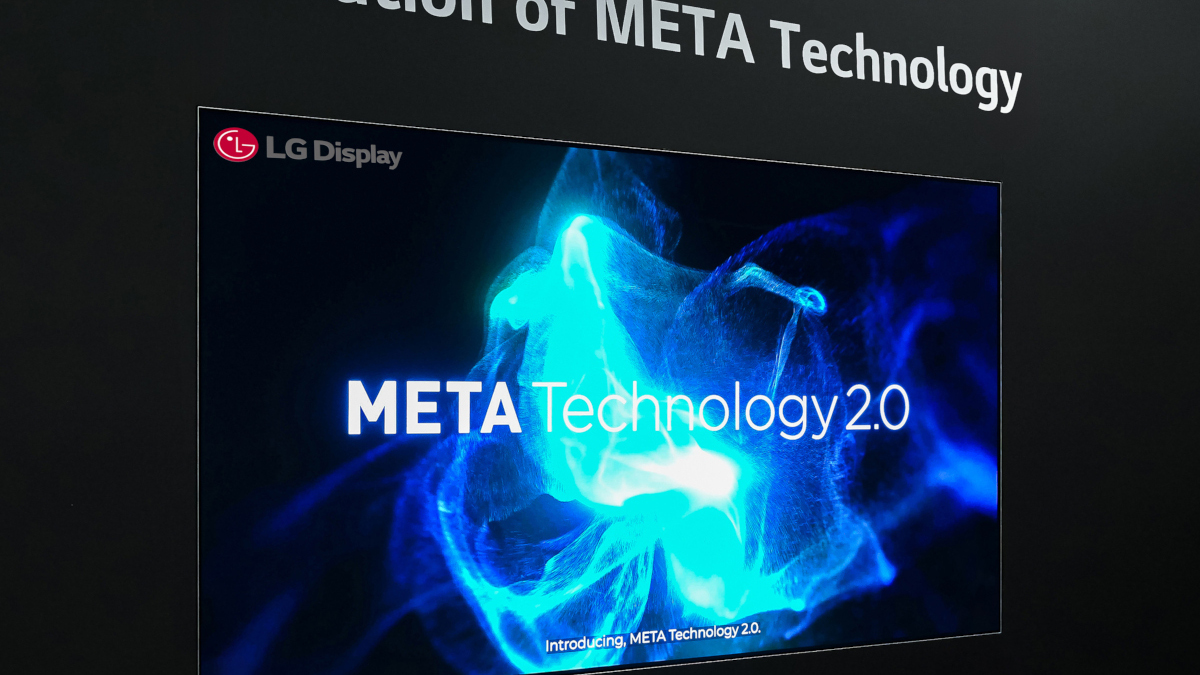LG is a global leader in large OLEDs, even supplying OLED panels to its rival, Samsung, for LFDs. In the Digital Signage market, thin OLEDs were on the sidelines – until now: LG Display has successfully increased color brightness by 114% to a maximum of 1,500 nits. Algorithms are intended to increase this value to 3,000 nits.
OLEDs with “Meta Technology 2.0” will not yet be presented for short-term digital signage rollouts at ISE 2024. It was only introduced one week ago at CES in Las Vegas: LG Display, a sister company of LG Electronics, showcased an 83-inch OLED TV panel using the technology. LG plans on integrating it into many large OLED TVs ranging from 55 to 88 inches. However, the new, much brighter OLEDs could also mean a breakthrough for digital signage use, as a lack of brightness has often been a knock-out criterion up to now.
LG’s Meta Technology 2.0 comprises “Micro Lens Array Plus (MLA+)” with a pattern of micrometer-sized convex lenses, the brightness optimization algorithm “Meta Multi Booster,” and the “Detail Enhancer” algorithm to improve the display of details across the brightness spectrum.
With the combination of these technologies, the new OLEDs achieve a maximum brightness of 3,000 Nits. The color brightness increases to 1,500 nits, 114% brighter than conventional OLEDs. Tests will show how well these technologies handle digital signage-specific challenges like retail lights and sunlight.
LG Display’s Micro-Lens-Array (MLA) technology includes a layer of micrometer-sized convex lenses (about 42.4 billion lenses in a 77-inch 4K screen), maximizing light emission within the OLED panel to achieve peak brightness. Producing billions of these lenses is a major technical challenge.
Dragonfly technology
LG Display has been doing research for a long time to achieve an optimized angle of the lenses with MLA+ and to emit even the minimal light that would otherwise be lost due to internal reflections. MLA+ is also known as ‘Dragonfly Eye Technology’. The multiple microlenses enable a wide viewing angle of 160 degrees while maintaining the most accurate and detailed images – similar to how dragonflies perceive their 360-degree field of view through millions of convex lenses.
The Meta Multi Booster can further enhance this technology through software-based improvements. The algorithm analyzes each scene in extreme detail, aiming to improve not only maximum brightness but also color brightness for refined and optimized image quality.

